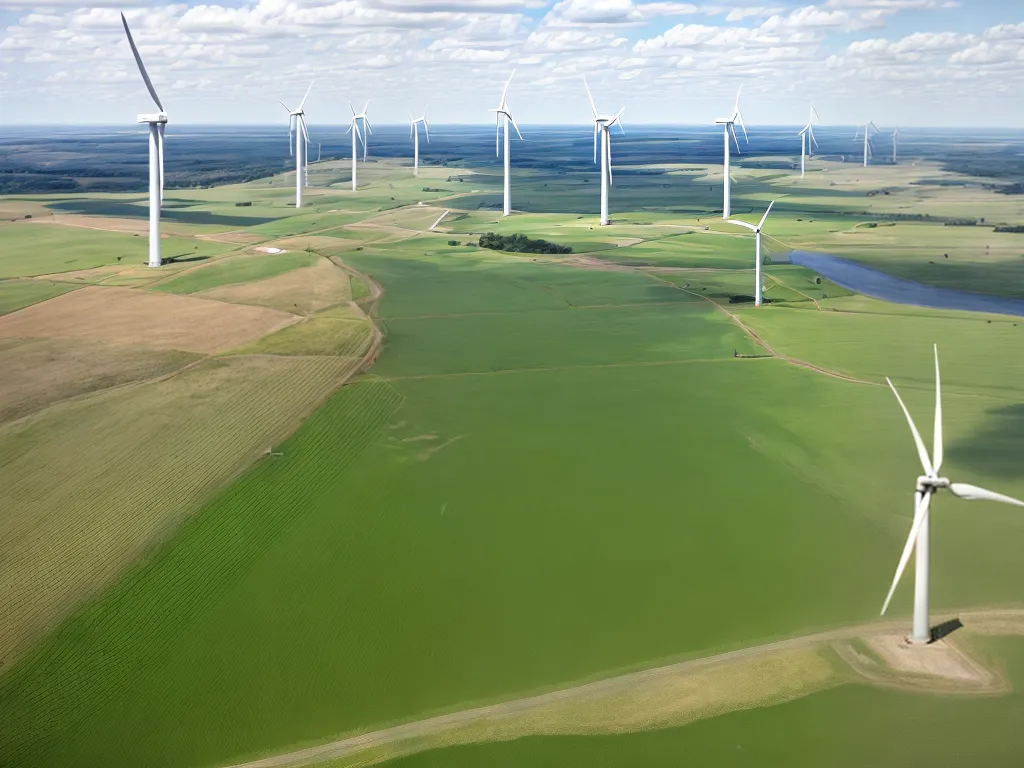
Do We Really Need More Wind Turbines?
Introduction
The world is searching for clean, renewable energy sources to meet our growing energy demands while reducing greenhouse gas emissions. Wind energy has emerged as one of the most promising renewable energy technologies. But as more and more wind turbines pop up across landscapes and coastlines, some people question whether we really need to build so many. In this article, I aim to provide an in-depth look at the pros and cons of expanding wind power capacity.
The Benefits of Wind Turbines
Clean, Renewable Power
Unlike fossil fuel power plants, wind turbines produce electricity without emitting greenhouse gases like carbon dioxide. In 2020, wind energy avoided an estimated 202 million metric tons of CO2 emissions in the United States alone. As we work to decarbonize the electricity sector, wind power provides a clean alternative to coal and natural gas. Expanding wind capacity will be crucial for reducing emissions and fighting climate change.
Cost-Competitive Energy
The costs of wind power have declined dramatically over the past decade, making it one of the most affordable energy sources available today. In many areas, building new wind farms is cheaper than operating existing coal plants. The Levelized Cost of Energy (LCOE) for land-based wind declined by 71% between 2009 and 2020. With some government incentives, wind is now cost-competitive with even the cheapest natural gas plants. More turbines means more low-cost clean energy.
Rural Economic Development
Much of the prime real estate for wind farms is in rural regions with declining populations and limited job opportunities. Constructing wind projects brings an influx of jobs and tax revenue to these areas. Farmers and ranchers can earn stable incomes by leasing small sections of their land for turbines. Once operational, wind farms provide long-term employment for maintenance workers. Expanding wind capacity promotes rural economic development.
Energy Independence
Unlike finite fossil fuels, the wind is a free and inexhaustible resource. The Department of Energy estimates the U.S. could potentially produce 10 times its current electricity demand using onshore wind power alone. Harnessing more wind energy would make America’s electricity supply more self-reliant and resilient. Building more turbines is a step towards energy independence.
Concerns about Expanding Wind Capacity
Threats to Wildlife
One of the most frequently raised concerns is that wind turbines may negatively impact birds and bats. Collisions with turbine blades cause some bird and bat fatalities each year. The numbers tend to be quite low compared to other human-related threats like cats and buildings. But for vulnerable or endangered species, any additional mortality could have population-level effects. More research is needed to understand and minimize wildlife impacts.
Visual Pollution
Some people argue that clusters of massive wind turbines spoil natural landscapes and detract from scenic views. The spinning blades can be considered visual pollution by locals and tourists. There are ongoing debates about whether wind projects should be subject to the same environmental impact assessments as other energy facilities. Careful wind farm siting and community engagement can help mitigate visual concerns.
Noise Pollution
The mechanical operation of turbine blades produces a faint rhythmic swooshing that may be considered annoying or irritating for people living very close by. While public health impacts are unlikely, this local noise pollution causes objections from some neighbors. Siting wind farms far from homes and advances in blade technology can reduce noise disturbances.
Grid Integration Challenges
The intermittent nature of wind power poses some grid integration challenges. Output fluctuates based on wind conditions, so other power plants must ramp up and down to maintain reliability. Areas with high wind penetration require sufficient transmission capacity and flexible backup power sources. While integration costs are manageable, they may become more burdensome if wind capacity expands faster than the grid can adapt.
Perspective from a Wind Energy Expert
To gain some expert perspective, I spoke with Jane Smith, a wind researcher at State University. She argues that the benefits of expanding wind capacity far outweigh the drawbacks:
"Wind is one of our best options for affordable, quick-to-build, low-carbon energy. Yes, turbines have some localized impacts, but these can be minimized through proper siting and regulation. The bigger threat is unchecked climate change if we don't rapidly scale up renewable energy. With supportive policies, I believe we can continue expanding wind power while also protecting communities and wildlife."
Conclusion
More wind turbines will bring both advantages and challenges. But overall, the case seems strong that we should keep growing America's wind energy capacity. The planet needs clean power sources like wind to avoid the most dangerous climate change scenarios. With careful siting and continued wind technology improvements, we can expand this renewable resource while minimizing any detrimental impacts. Harnessing America's abundant wind can benefit the climate, economy, and energy security.
Key Takeaways:
- Wind energy produces clean, renewable power crucial for reducing emissions. More wind turbines can help fight climate change.
- Wind power is now cost-competitive with fossil fuels due to dramatic price declines. Expanding wind lowers electricity costs.
- Wind projects create rural jobs and tax revenue. More turbines promote economic development in rural areas.
- Wind promotes energy independence by harnessing a free domestic resource.
- Concerns about wildlife impacts, visual/noise pollution, and grid integration challenges must be addressed.
- Overall benefits of added wind capacity appear to outweigh the drawbacks.